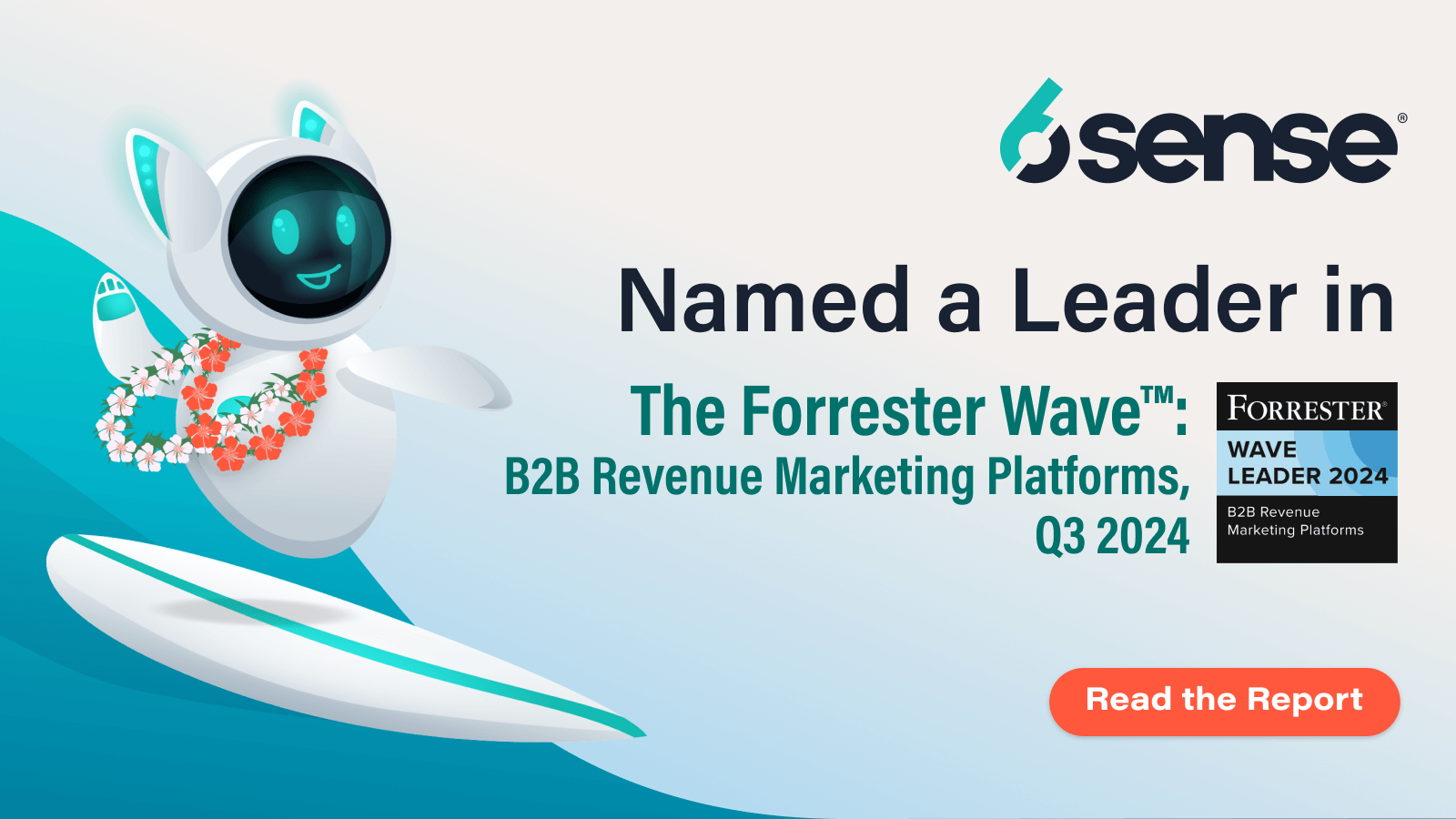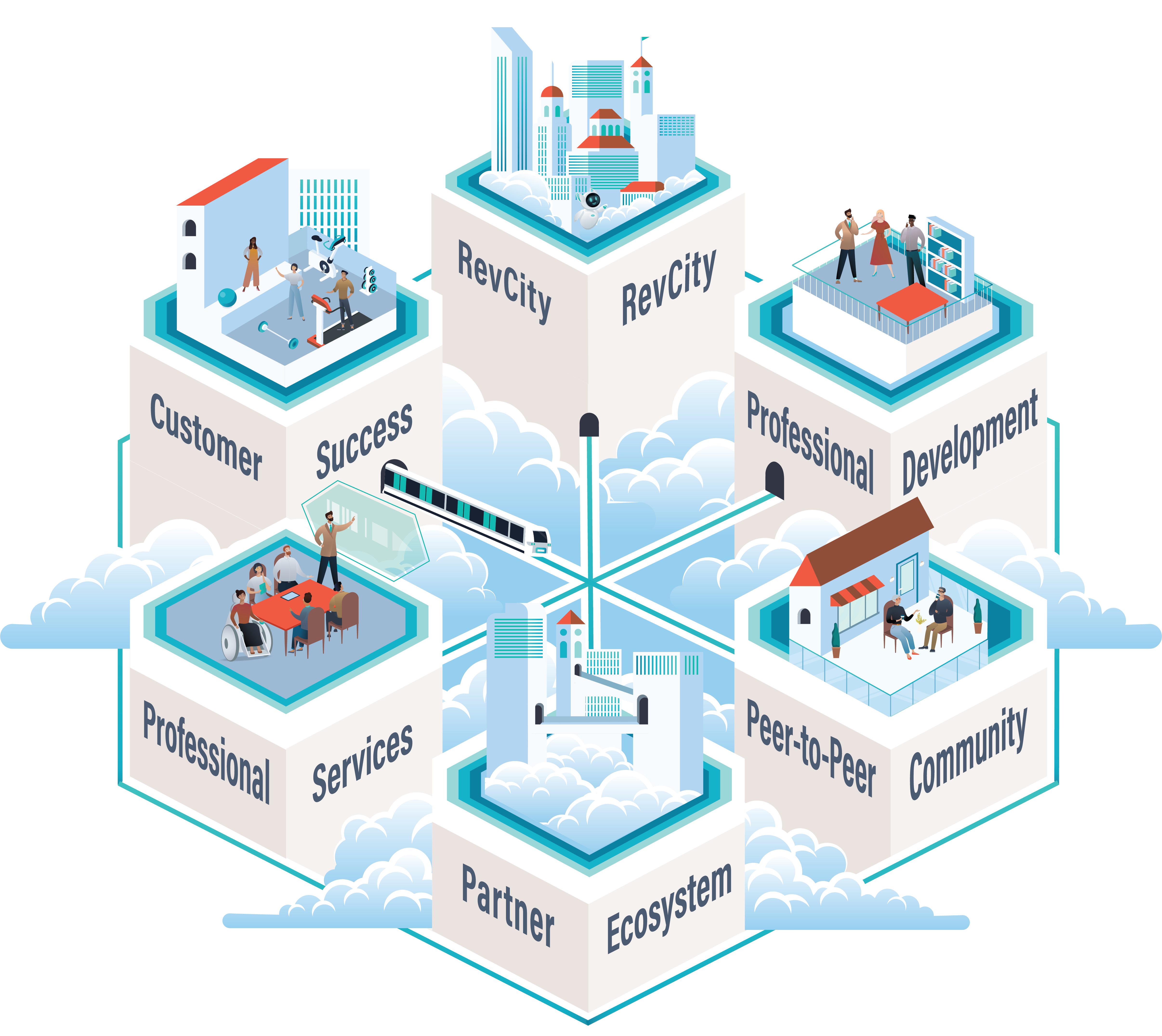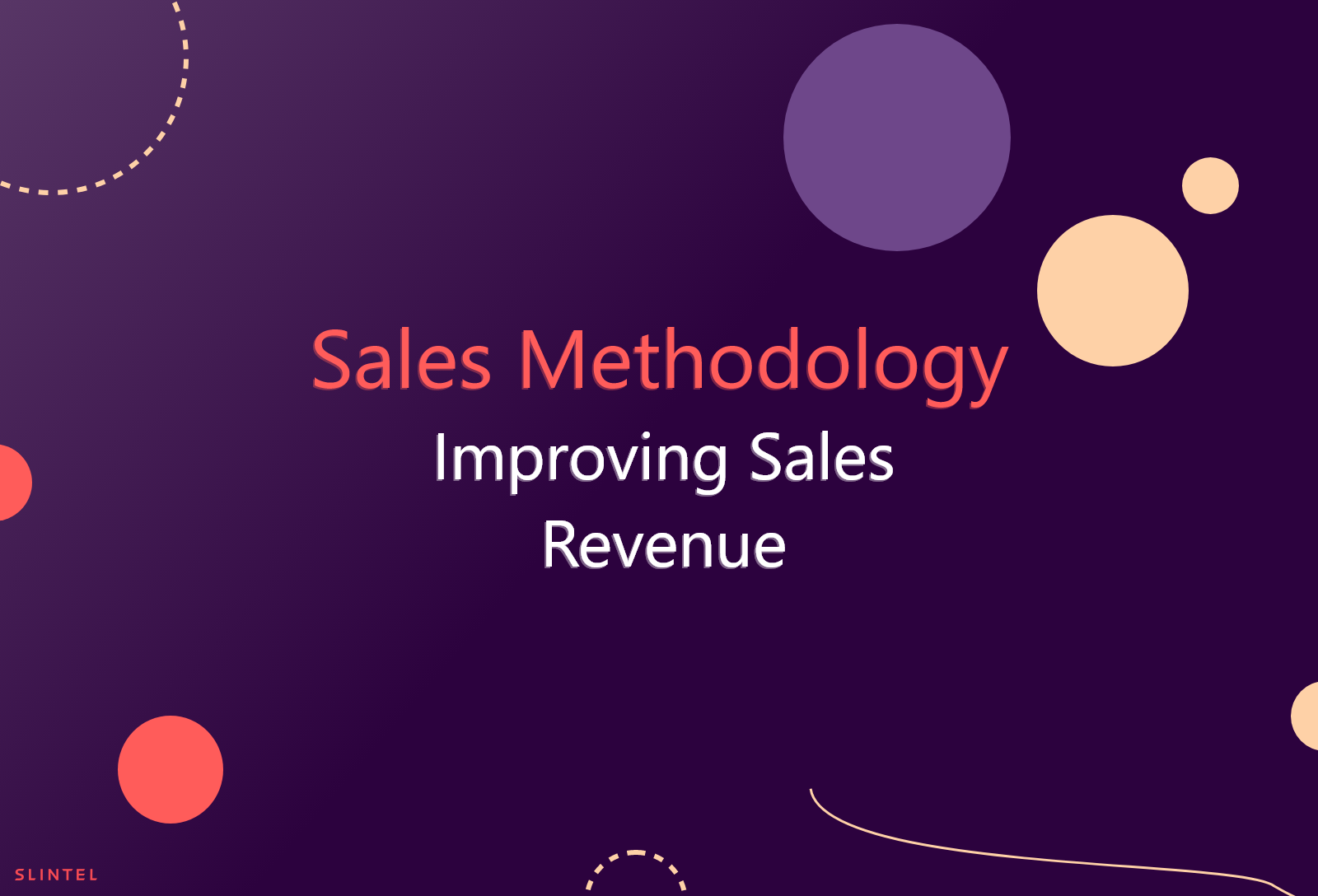The sales team is the engine of your business. With the right sales methodology, you can give your team the tools they need to close more deals and reach your revenue goals.
A sales methodology is more than just a series of steps to move prospects through your sales process. It’s a set of practices that will help your reps identify and focus on the activities that will move your prospects from one stage to the next.
By creating an effective sales methodology, you can ensure that your team is well-equipped to close more deals and reach your revenue goals. You’ll need to define your sales process, visualize it, run it through all the stakeholders, and understand your buyer’s needs.
Five Top Sales Methodologies
When you’re building your own sales methodology, it helps to take lessons from the masters. Five successful approaches to sales are SPIN Selling, the Challenger Sales Model, SNAP Selling, the Sandler Selling System, and Conceptual Selling.
1. SPIN Selling is a method developed by Neil Rackham after analyzing over 35,000 sales calls. To SPIN sell, you’ll need to:
- Situation – Establish the buyer’s current situation
- Problem questions – Identify problems the decision maker is facing that your product can solve
- Implications – Understand the causes and effects of the prospect’s issues
- Need-payoff questions – Demonstrate how your solution would resolve their problems
2. The Challenger sales methodology sorts sales reps into five different sales personas. With this approach, you’ll be able to foster the trust of your prospects and customers.
- Relationship builder – As the name suggests, these sales reps value relation-building over other methods
- The Lone Wolf – Follows their instincts, yet delivers results
- The Problem Solver – Values in-depth detail to find solutions to the client’s queries and business challenges
- The Hard Worker – Motivated, driven, and doesn’t give up easily
- The Challenger – Has their own outlook, challenges their prospect’s views, and uses a strong knowledge of their industry
3. SNAP Selling is ideal for businesses with a relatively low cost of entry and short sales cycles. SNAP stands for Simple, Be iNvaluable, Always Align, and Priorities.
- Simple – How simple is the solution? How simple are the proposal, implementation part, and adoption?
- Be iNvaluable – Is the benefit of your product can solve your prospect’s problem from the get-go?
- Always Align – Do my answers as a sales rep align with the prospect’s queries, questions, and concerns?
- Priorities – Is this solution a priority, or can it be delayed?
4. The Sandler Selling System uses common objections to guide customers to their own conclusion and solutions. This sales method works great for products bound by yearly or longer contracts.
5. Conceptual Selling (also known as the Miller Heiman Strategic Selling) urges salespeople to understand that buyers buy products because of the solution you present them. With this method, you’ll ask questions in five categories: Confirmation, New Information, Attitude, Commitment, and Basic Issues.
- Confirmation – Questions that reaffirm whatever information they have before the discovery phase
- New information – Understand a prospect’s concept and desires from your product
- Attitude – Identify the prospect and their connection to the problem
- Commitment – Understand how invested your prospects are in finding a solution
- Basic issues – Understand any pertinent issue or problem that can stall or stop the sale
By using one of these five sales methodologies, you can ensure that your team is well-equipped to close more deals and hit your revenue goals.



